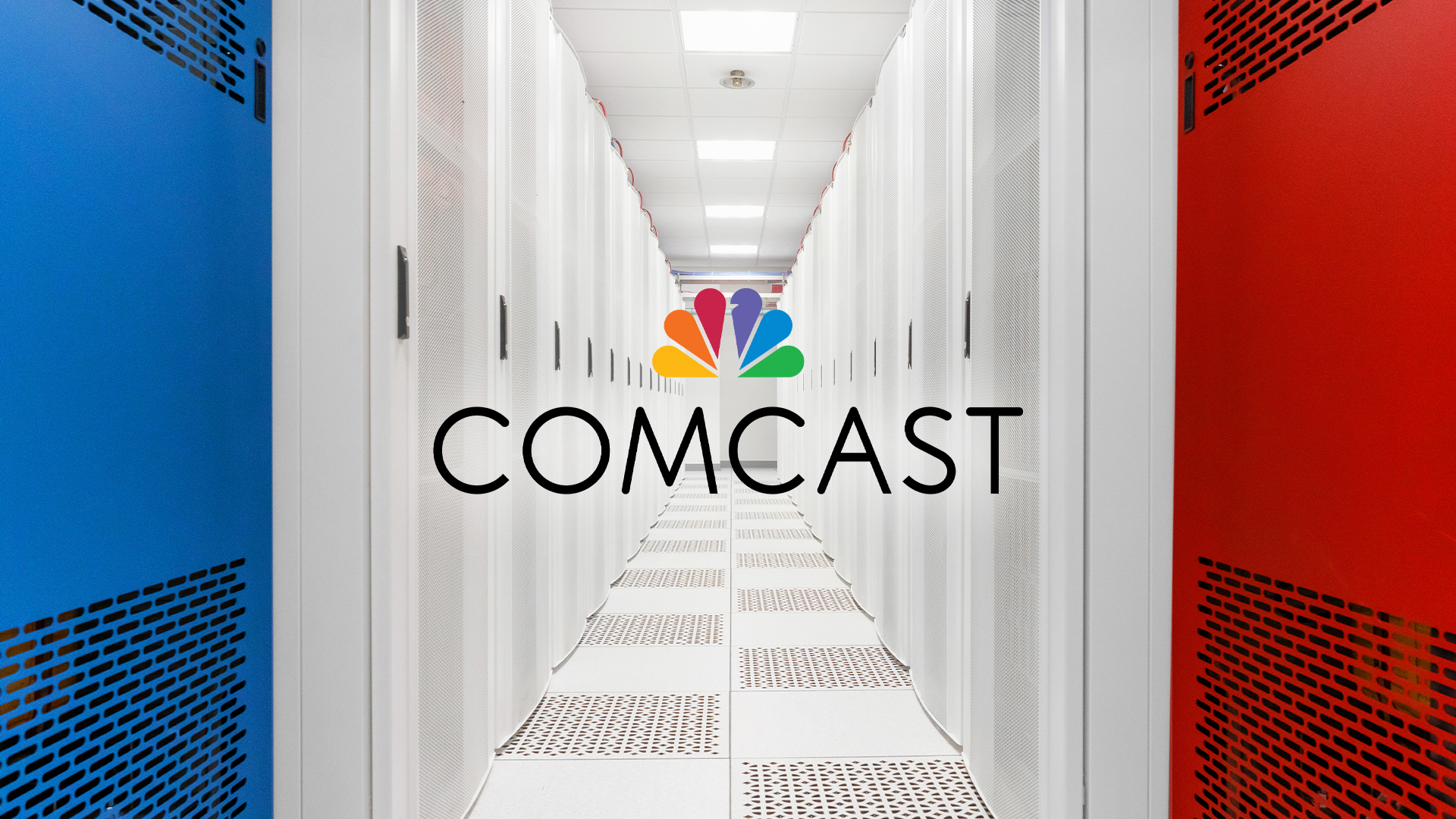Cable TV providers were hardest hit, with total loss of 3.5 million subscribers in 2022, compared to 2.7 million in 2021.
As more consumers continue to cut the cord, the top cable and traditional pay TV providers in the US widened their subscriber losses in 2022.
According to the most recent figures from Leichtman Research Group, the biggest pay-TV providers lost a total of 5.8 million net video subscribers in 2022 as opposed to a loss of 4.7 million in 2021. The cable providers, who lost 3.5 million subscribers overall in 2022 as opposed to 2.7 million in 2021, felt the pain the most keenly. Comcast experienced the largest decrease of those, losing just under 2 million subscribers. Charter followed, losing 686,000 subscribers, and Cox, losing an estimated 340,000.
According to the research team, satellite TV provider DirecTV also suffered a significant loss in 2022, losing an estimated 1.5 million subscribers.
This occurs at a time when traditional media’s transition to streaming, intended to counteract the decline in cable subscribers, is still in progress. In an effort to become profitable in that market over the next few years, businesses like Comcast and Disney have designated 2023 as the year of peak investment in streaming. However, it’s still not there, as Disney CEO Bob Iger stated on the company’s first-quarter earnings call in February.
“The streaming business, which I believe is the future and has been growing, is not delivering the kind of profitability or bottom-line results that the linear business delivered for us over all over a few decades,” Iger said. “And so we’re in a very interesting transition period, but one I think, is inevitably heading towards streaming.”
Disney’s first-quarter earnings showed the imbalance. Direct to consumer revenues were $5.3 billion, up 13% from a year ago, while revenues at Disney’s linear networks were $7.3 billion, down 5% from a year ago. Direct to consumer reported losses of $1.1 billion, down 78% from the prior year, while linear operating income was $1.3 billion, down 16%.
In order to make up for its linear losses, Comcast also relies on its streaming services. With Peacock reporting more than 20 million subscribers in the most recent quarter, the company is experiencing growth in the streaming market. This is the strongest quarterly increase since the service’s launch in 2020. However, it was accompanied by a segment-wide loss of $2.5 billion in 2022.
At a conference on February 27, Comcast CFO Jason Armstrong told investors, “It’s a costly pivot, and we’re right in the middle right now.
Additionally, the recent decline in advertising has put additional strain on the linear business. For instance, advertising revenue for linear channels fell by 17% year over year at Warner Bros. Discovery, where the company is still reporting streaming losses but to a lesser extent than in the prior quarter.
Additionally, there are indications that even the traditional linear channels’ sports and news programming is under threat. Fox Corp. experienced a first-time year-over-year decline in cable affiliate revenue in the second quarter (the carriage fees TV operators pay for access to channels). When its came as its cable channels were charging more, but not enough to make up for the decline in subscribers.


